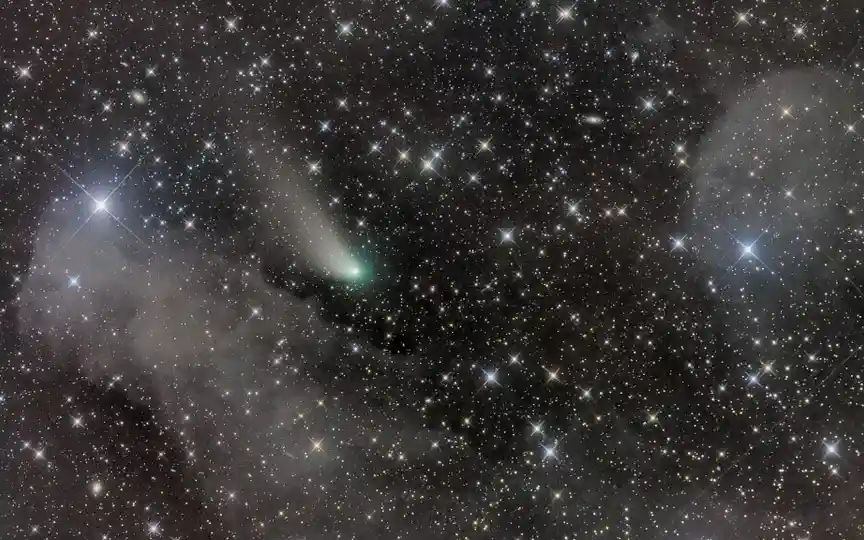Exploring the Oort Cloud: Uncovering the Mysteries of Our Solar System’s Outermost Region
There are numerous unidentified space objects within our solar system that remain unknown to us. The enigmatic nature of space both captivates and frightens us. Thanks to advanced technology and the expertise of scientists, we have the ability to explore far beyond our solar system and uncover countless discoveries. Among these findings are objects located millions of light-years away from Earth, such as the Oort cloud. The Oort cloud is a theoretical collection of icy objects that exists near our solar system. Let’s delve further into this intriguing entity.
What is the Oort cloud?
According to a NASA report. The Oort cloud is like a bubble that surrounds the solar system. It is made of icy, comet-like objects. It lies beyond Pluto or the Kuiper belt. It surrounds most of our solar system and is thought to contain billions or trillions of objects.
These icy objects that can be ejected from the Oort cloud are known as comets. Everything that is made of icy gas and dust comes from this cloud.
Oort cloud distance from the sun
NASA counts space objects that are very far away in astronomical units (AU), where 1 AU counts up to 93 million miles or 150 million kilometers. Therefore, the inner edge of the Oort cloud is found between 2,000 and 5,000 AU from the Sun, and the outer edge is around 10,000 to 100,000 AU.
How the Oort Cloud Formed
According to NASA, the Oort cloud is made up of icy dust and debris. It has been reported that these objects are composed of planetesimals, which are remnants of planets. The early solar system was full of materials left over from the formation of the planets, called planetesimals. The gravity of these planets then pushed many of these icy planetesimals away from the Sun. They were then likely captured by our galaxy’s gravity and settled at the edge of our solar system.




